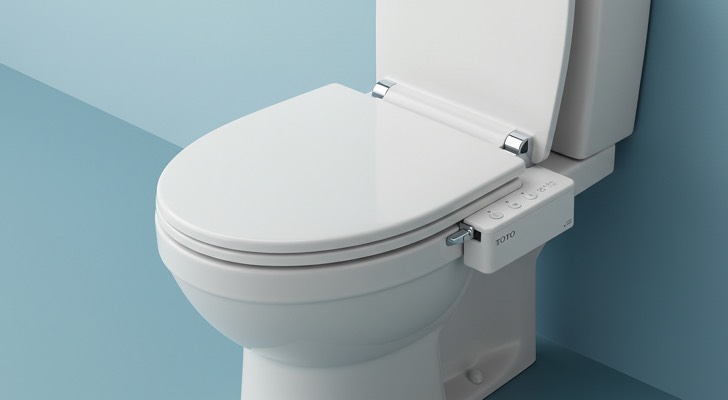Japanese toilets have become widely known for combining comfort, cleanliness, and advanced technology in a single fixture. Whether you’re remodeling your bathroom or simply upgrading your toilet, a Japanese-style toilet can transform your experience with features designed for convenience and hygiene. This article explores what a Japanese toilet is, how it’s installed, and what you can expect to spend.

What Is a Japanese Washlet?
A “washlet” is the name commonly used to describe a Japanese-style electronic bidet seat. Originally developed by the company TOTO, the term now refers to a wide range of high-tech toilet seats or fully integrated toilets. These units typically include several of the following features:
- Bidet spray with adjustable water temperature and pressure
- Heated toilet seat
- Warm air dryer
- Automatic deodorizer
- Remote control or wall-mounted control panel
- Self-cleaning nozzles
- Motion-sensor lid and flushing
- Built-in nightlight
Washlets can be purchased as standalone bidet seats that fit most standard toilets, or as fully integrated smart toilets that include both the toilet and the washlet features in one sleek unit.
Types of Installation
There are two common ways to install a Japanese toilet in a home. The first is by adding a washlet seat to your existing toilet. This option is often simple and affordable, requiring only a water connection and access to a nearby electrical outlet. Many homeowners choose to install the seat themselves, although professional installation is available.
The second option involves replacing your entire toilet with a fully integrated Japanese smart toilet. These units offer a more seamless design and typically include more advanced features. Because they require both plumbing and electrical work, this type of installation is best handled by professionals. Depending on your bathroom layout, it may also require minor remodeling.
Cost of a Japanese Toilet
Costs vary depending on whether you choose a washlet seat or a complete integrated toilet. A basic bidet seat with warm water spray and a heated seat usually costs between $300 and $600. More advanced models with features like a remote control, air dryer, and automatic lid typically range from $600 to $1,000. The most luxurious seats can cost up to $1,800 or more.
Integrated smart toilets are more expensive. Entry-level models usually cost between $1,500 and $2,500. High-end options with sleek designs and advanced automation, such as the TOTO Neorest, can range from $3,000 to $7,000 or more.
Installation costs will depend on the complexity of the project. Replacing a toilet seat is often a do-it-yourself task, though professional help may cost between $100 and $300. Installing a full smart toilet usually involves plumbing and electrical work, which may cost $300 to $800, especially if new wiring or outlets are needed.
Benefits of a Japanese Toilet
Installing a Japanese toilet offers numerous advantages. Many users appreciate the increased hygiene and comfort, especially the warm water cleansing and heated seat. It is also a great solution for older adults or people with limited mobility, allowing for greater independence and ease of use.
In addition to comfort, Japanese toilets are eco-friendly. They reduce the need for toilet paper and often include energy-saving features. For homeowners looking to improve property value or add a touch of luxury to their bathroom, a Japanese toilet is a smart upgrade.
Conclusion
A Japanese toilet is more than just a modern fixture; it is a lifestyle enhancement. Whether you opt for an affordable washlet seat or a fully integrated smart toilet, the experience it offers is both practical and luxurious. Costs vary depending on the model and installation, but many homeowners find the investment worthwhile. With comfort, cleanliness, and convenience all in one, a Japanese toilet brings the future of bathroom design into your home.
 © Copyright 2025 Shirabe-ru | Terms | Privacy Policy | Contact Us
© Copyright 2025 Shirabe-ru | Terms | Privacy Policy | Contact Us


